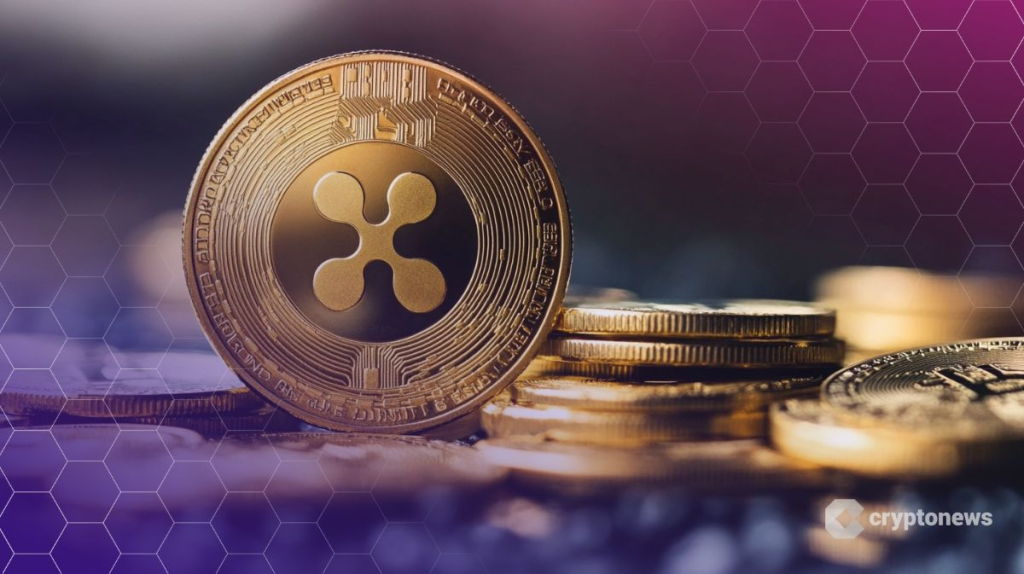Key Takeaways:
Over $151 million in XRP was withdrawn from Binance on June 11, indicating significant activity among cryptocurrency whales.
These substantial outflows, occurring alongside stable prices, suggest that experienced traders may be quietly accumulating the assets.
VivoPower’s XRP treasury strategy and partnership with Flare also signal increasing institutional interest in the cryptocurrency space.
On June 11, over $151 million of XRP was transferred out of Binance, marking one of the largest single-day withdrawals seen recently, according to data from CryptoQuant. This represents a sharp increase from the $23 million withdrawn the day before, indicating a notable shift in strategy among XRP investors.
Typically, significant withdrawals from exchanges are viewed as signs of investor confidence.
Are Whales Accumulating XRP?
When cryptocurrencies are withdrawn from exchanges, they are often moved to private wallets, indicating that holders are not looking to sell anytime soon. The scale of this exodus, which saw a more than sixfold increase in outflows within a day, particularly stands out.
While the reasoning behind such mass withdrawals can be enigmatic, it is a common precursor to anticipated price fluctuations.
Notably, despite the significant volume of XRP being withdrawn, its market price remained relatively stable, oscillating around $2.31. This price resilience amid substantial withdrawals suggests a phase of silent accumulation, where seasoned traders position themselves without affecting market dynamics.
These on-chain trends are valuable for understanding investor behavior, particularly for those new to the market. While a surge in outflows does not guarantee an imminent price increase, it often mirrors the sentiment of veteran traders. Conversely, rising volumes of funds flowing into exchanges typically indicate selling pressure.
Additionally, the XRP movement may correlate with broader market developments. On the same day, VivoPower, a publicly traded company, announced a partnership with the Flare blockchain aimed at generating yields from its XRP holdings.
This collaboration could imply that institutional investors are seeking innovative ways to leverage their cryptocurrency assets without having to sell them off.
Last month, VivoPower also invested $121 million into XRP as a strategic reserve, positioning itself as the first company globally to establish an XRP-focused treasury.
Ripple to Bridge to Ethereum
In another significant development, the XRP Ledger is set to launch an Ethereum Virtual Machine (EVM) sidechain in the second quarter, a move that will enhance its compatibility with Ethereum.
This announcement was made by Ripple’s CTO David Schwartz during the Apex 2025 event in Singapore, in collaboration with blockchain firm Peersyst.
The XRP Ledger is preparing to roll out an Ethereum Virtual Machine (EVM) sidechain in Q2, marking a step toward Ethereum compatibility. #XRP #ETHhttps://t.co/n5TPPNZUC6
— Finance Newso.com (@Finance Newso) June 11, 2025
The upcoming EVM sidechain aims to integrate the XRP Ledger’s efficient, low-cost settlement framework with Ethereum’s advanced smart contract functionalities. Developed using the evmOS software stack, this sidechain is currently operational on testnet, with plans for a mainnet launch anticipated this quarter following additional validator onboarding.
Unlike Ethereum-native blockchains, the XRP Ledger has not previously supported the EVM environment that powers the majority of decentralized applications.
In May, the XRP Ledger expanded its stablecoin offerings by introducing two new region-specific assets, one of which is EURØP, a euro stablecoin compliant with MiCA regulations, created by Schuman Financial, alongside USDB, a dollar-pegged token issued by Brazil’s Braza Group.


























